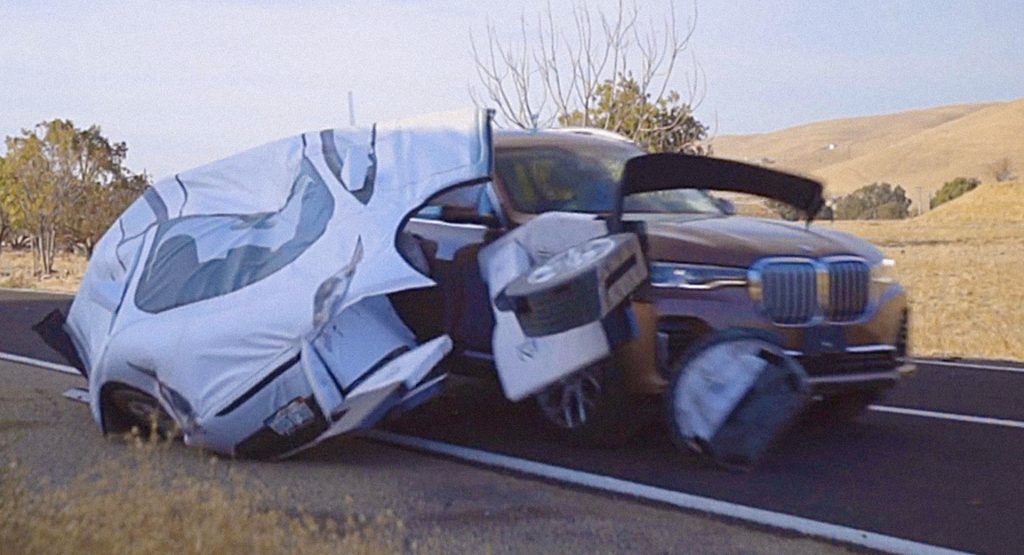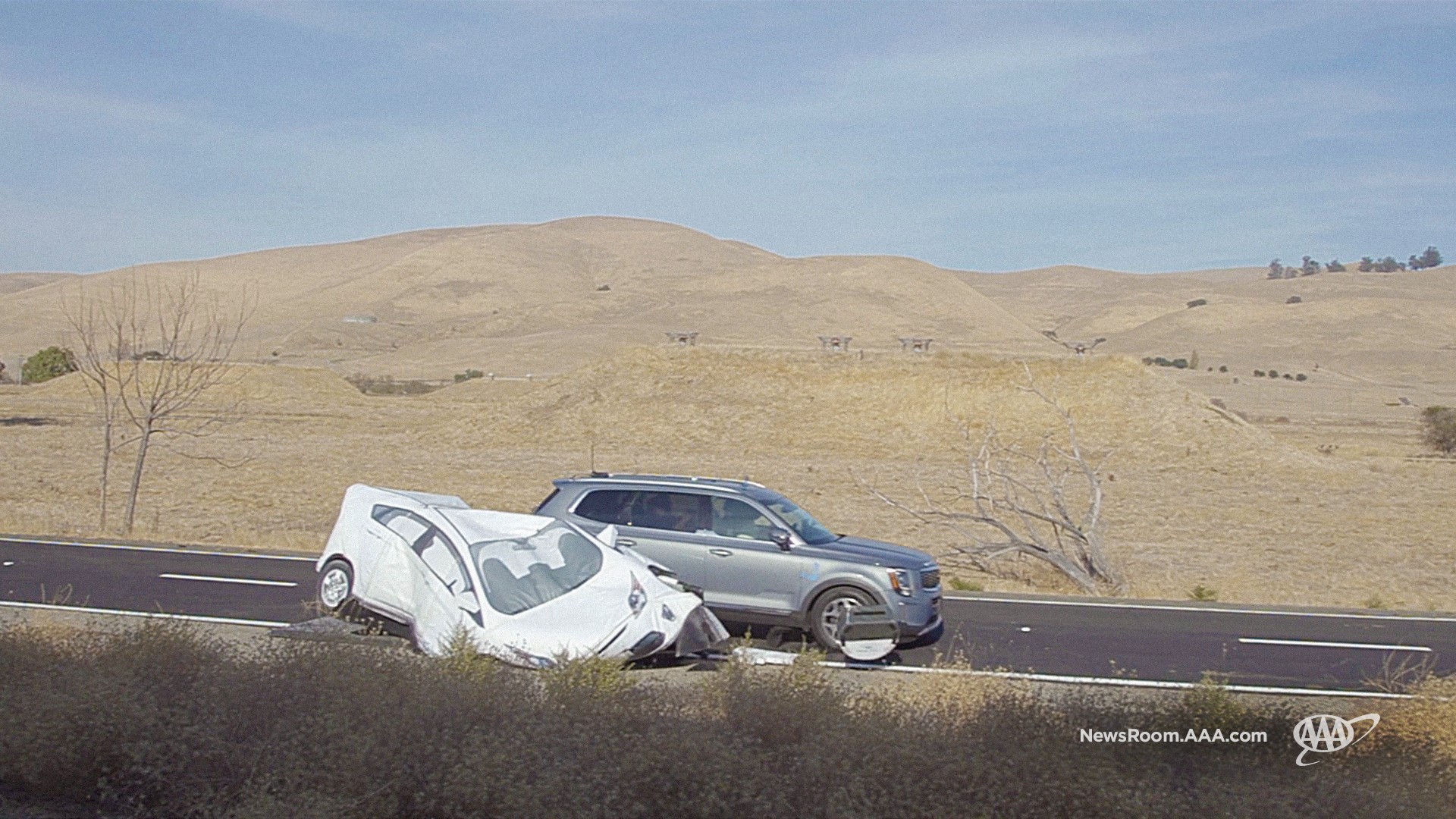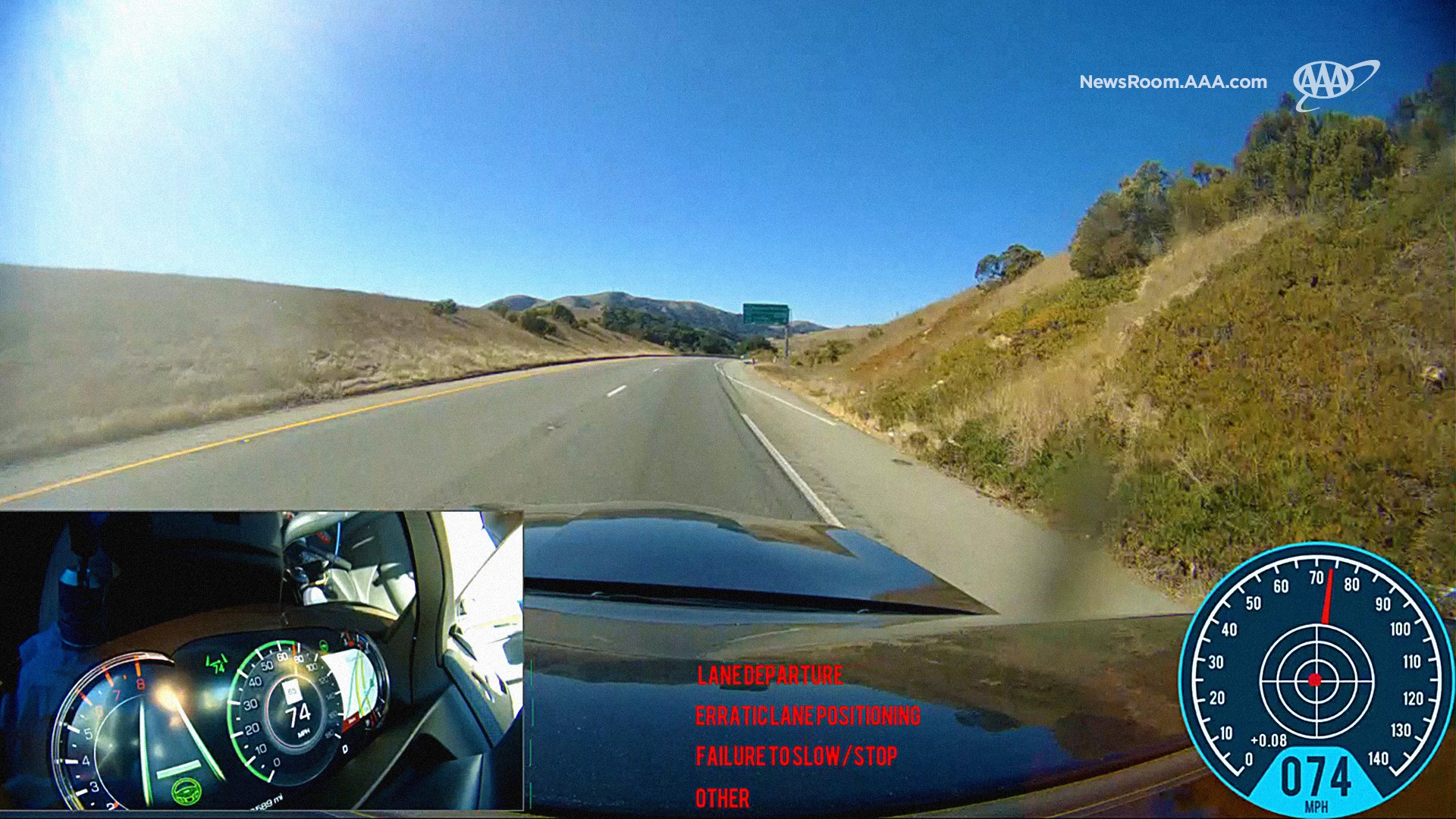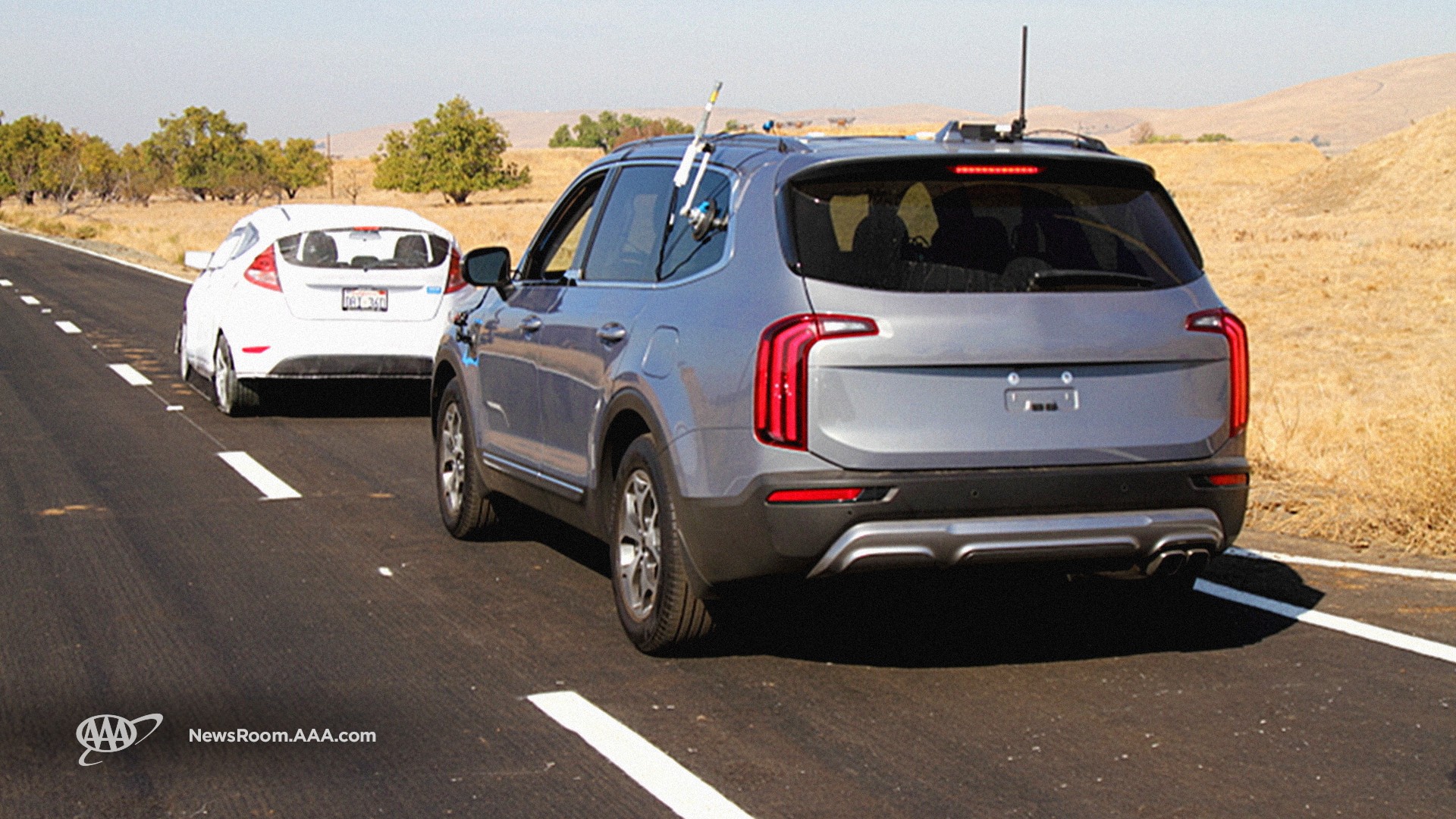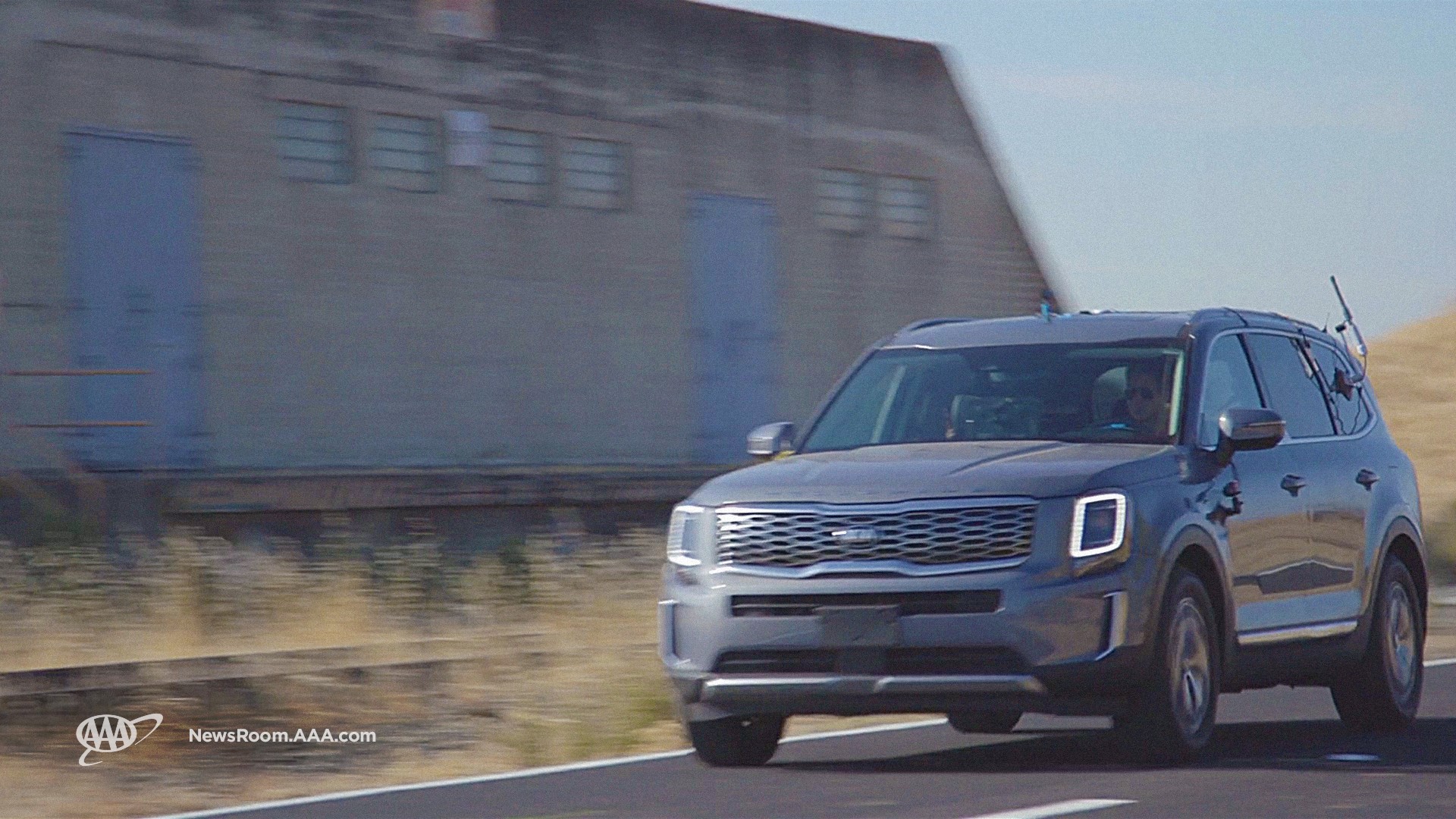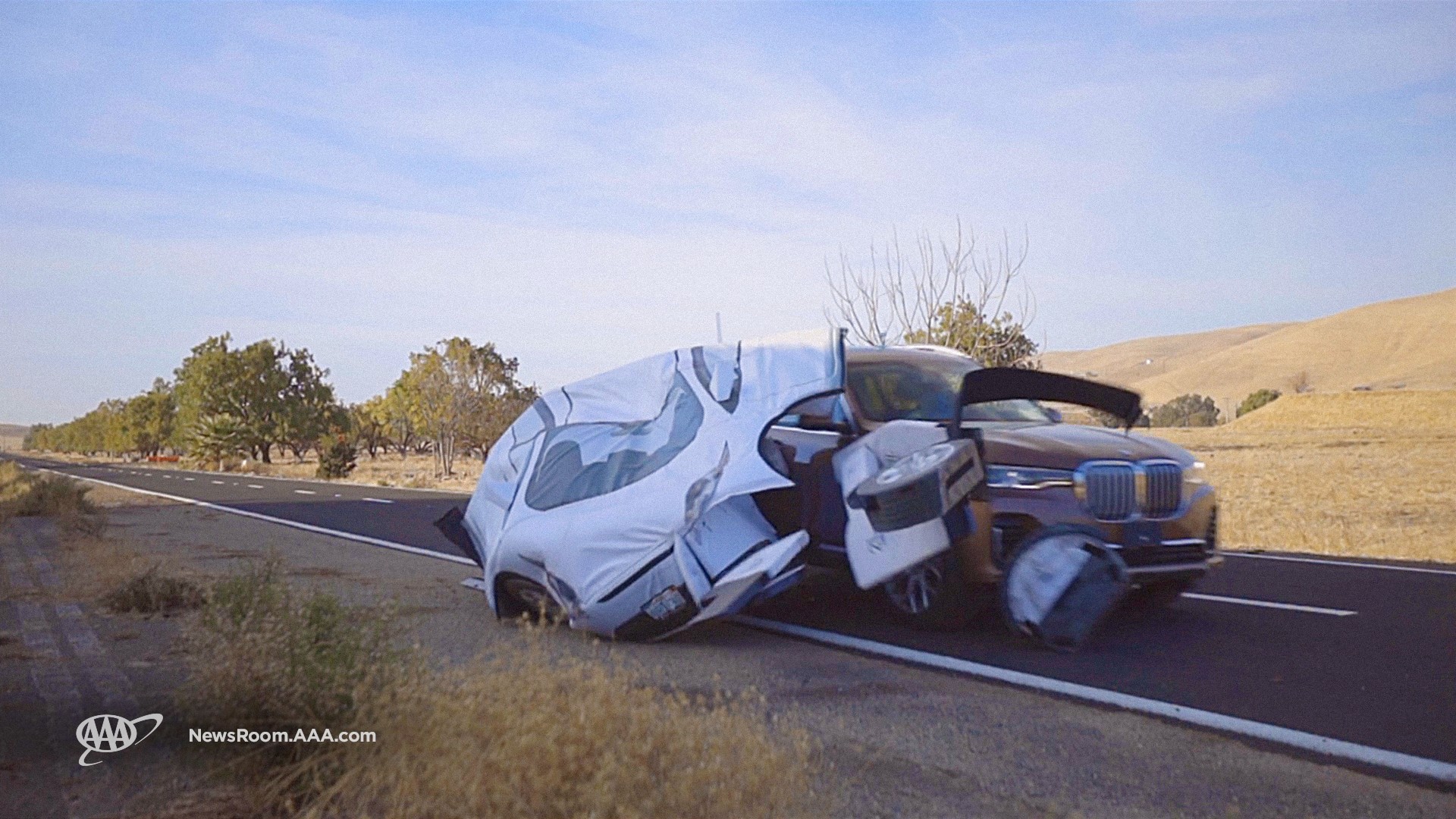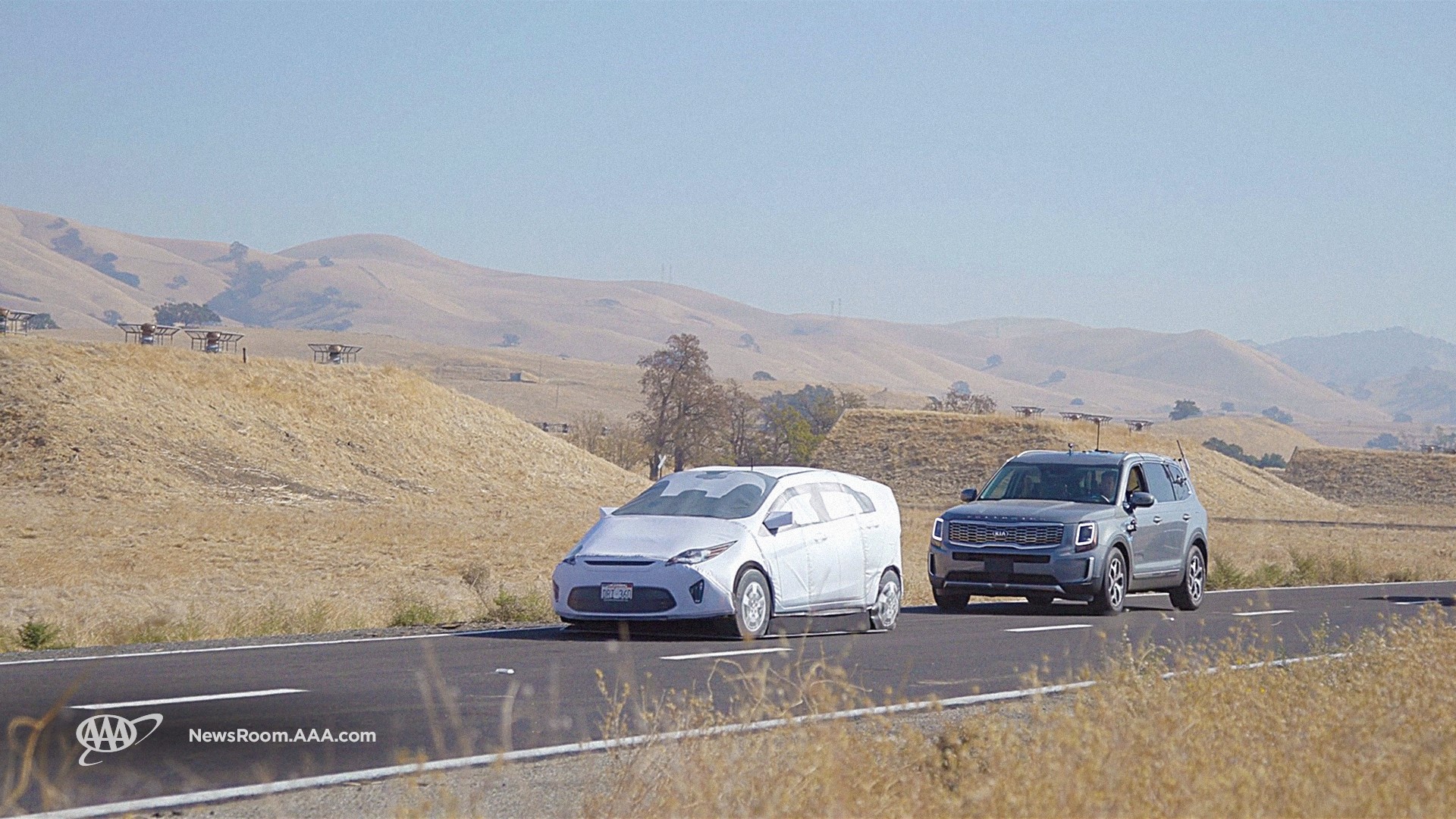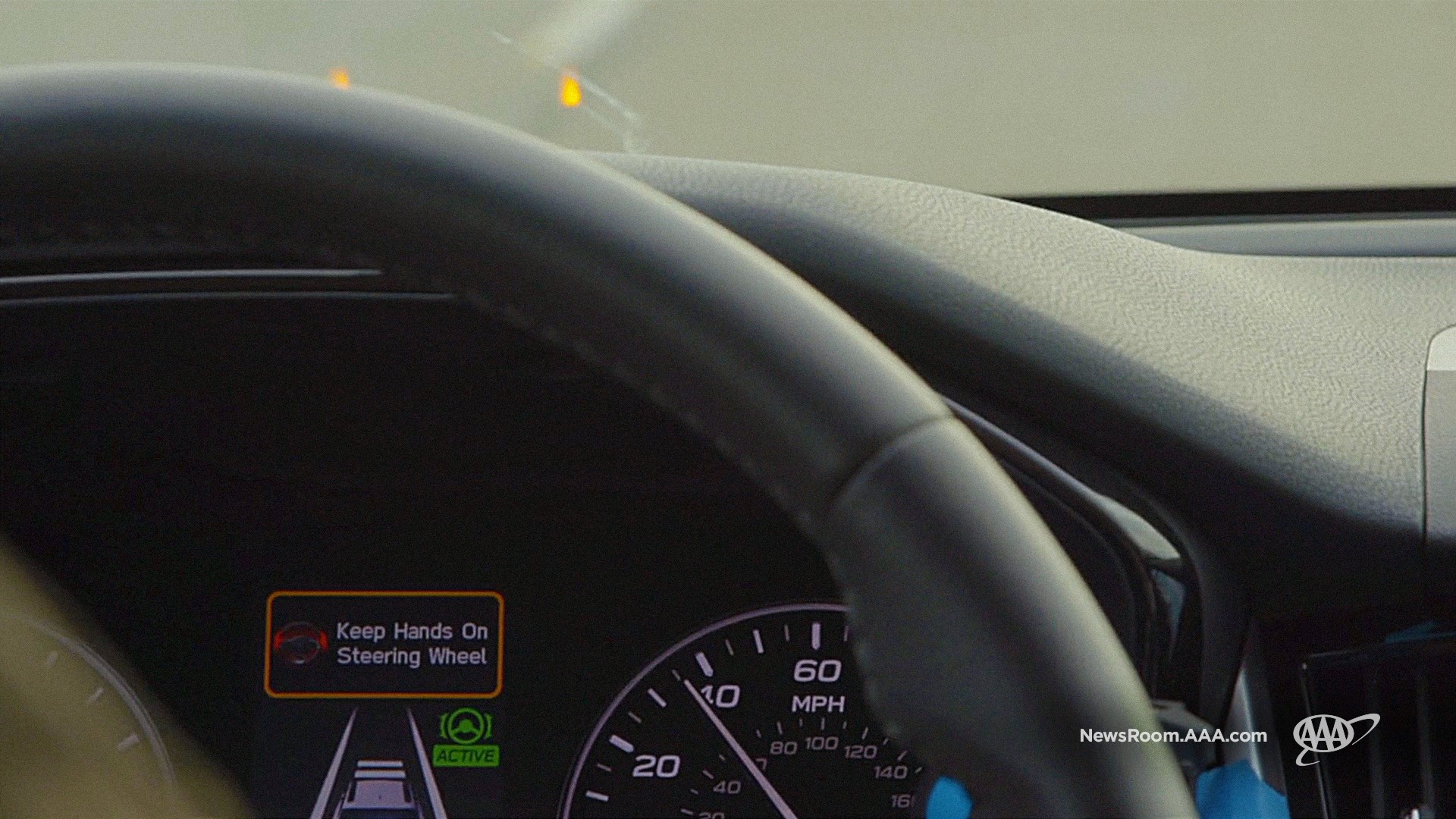Driver assistance systems are designed to save lives, but they’re far from perfect.
A new study from AAA makes that plainly clear as it found, over the course of 4,000 miles (6,437 km), active safety systems experience an “issue” an average of every 8 miles (12. 9 km).
The study involved a number of different 2019 and 2020 models including a BMW X7, a Cadillac CT6, a Ford Edge, a Kia Telluride and a Subaru Outback. All were equipped with some form of semi-autonomous driving technology ranging from the Cadillac’s Super Cruise to the Telluride’s Highway Driving Assist.
Also Read: Study Finds Small Cars Offer Less Protection And Have The Highest Death Rates In Crashes
Most of the issues can be chalked up to lane-keeping assist systems as they were responsible for 73% of events in the test. Unsurprisingly, the condition of the road and lane markings had a huge impact on their effectiveness.
In particular, the study found that on fresh pavement with well-defined lane markers, all the systems were able to maintain consistent lane positioning. However, most roads aren’t new and the condition of lane markings can vary greatly.
That wasn’t the only issue as the study found the systems had trouble keeping vehicles in their lane. They would also come “too close” to other vehicles or guardrails.
The study also found driver assistance systems are “far from 100% reliable.” Of note, the models had trouble dealing with a simulated disabled vehicle that was partially blocking a lane of traffic.
The BMW X7 hit the simulated vehicle on two of three runs. In one instance, the crossover didn’t even recognize the obstacle and it plowed into at 28.9 mph (46.5 km/h). However, it recognized the vehicle on the second run and applied the brakes reducing the impact speed to 25.1 mph (40.4 km). In the third run, the simulated vehicle was detected early enough that a collision was avoided.
The Telluride hit the simulated vehicle all three times, but also applied the brakes before impact in each instance. The Outback only hit the simulated vehicle once and at a significantly reduced speed of 14.4 mph (23.1 km/h).
Overall, AAA says a collision occurred 66% of the time. However, the average impact speed was 25 mph (40.2 km/h) which was lower than the set speed of 30 mph (48.3 km/h). It’s also worth mentioning these systems weren’t really designed to detect vehicles only partially blocking a lane.
On the bright side, the various adaptive cruise control systems with stop-and-go / traffic jam assist worked well. AAA says they made “no contact with the lead vehicle during any test run.”
According to AAA’s director of automotive engineering and industry relations, Greg Brannon, “With the number of issues we experienced in testing, it is unclear how these systems enhance the driving experience in their current form.” He added, “In the long run, a bad experience with current technology may set back public acceptance of more fully automated vehicles in the future.”




